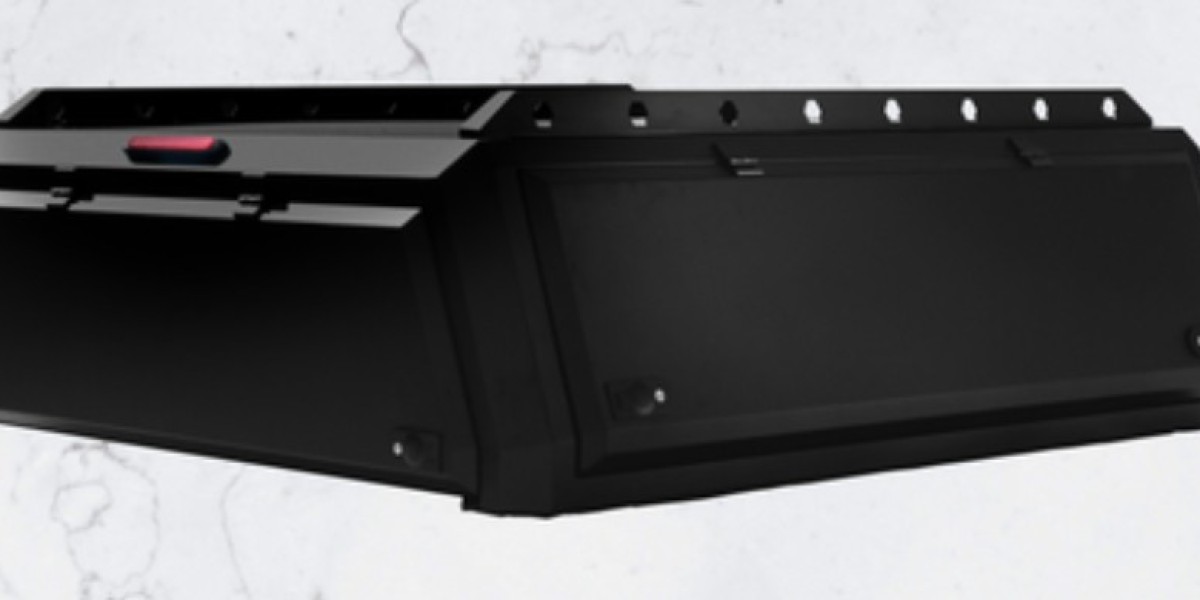3D Printing Filament: Market Trends, Innovations, and Industry Outlook
3D printing filament is the key material used in Fused Deposition Modeling (FDM) 3D printing, enabling the production of prototypes, consumer goods, medical devices, and industrial components. The industry is evolving with new materials, improved mechanical properties, and a focus on sustainability.
Key Trends in the 3D Printing Filament Market (2025)
1. Growth of High-Performance and Engineering-Grade Filaments
Carbon fiber-reinforced filaments for lightweight, high-strength applications in aerospace and automotive.
PEEK (Polyether Ether Ketone) and PEI (Ultem) filaments for heat-resistant and chemically stable industrial parts.
Flexible TPU (Thermoplastic Polyurethane) for shock-absorbing and wear-resistant applications.
2. Sustainability and Biodegradable Filaments
Recycled PLA and PETG filaments are becoming more widely available to reduce plastic waste.
Bio-based filaments like algae-based PLA are gaining traction as eco-friendly alternatives.
Water-soluble PVA and biodegradable materials are improving multi-material 3D printing applications.
3. Metal and Composite Filaments for Industrial Applications
Metal-infused filaments (stainless steel, copper, and bronze) for sintering-based metal 3D printing.
Ceramic and wood composite filaments for artistic and architectural applications.
Conductive filaments for integrating electronic components into 3D-printed objects.
4. Advances in Multi-Material and Smart Filaments
Dual-extrusion 3D printing allows for mixing different filament properties in a single print.
Color-changing (thermochromic) and glow-in-the-dark filaments for creative applications.
Self-healing polymers that can repair minor damage, extending product lifespan.
5. Expansion in Consumer and Industrial 3D Printing Markets
Rise in home 3D printing adoption for DIY projects, art, and small business applications.
Healthcare applications using biocompatible filaments for prosthetics and dental models.
Increased demand from aerospace and automotive industries for functional prototypes and lightweight parts.
Challenges in the 3D Printing Filament Industry
Material cost and availability for specialized filaments.
Printability issues, such as warping, layer adhesion, and brittleness in some advanced filaments.
Recycling challenges for multi-material or composite filaments.
Future Outlook
The 3D printing filament market is expected to grow, driven by advancements in material science, sustainability efforts, and expanding industrial applications. Innovations in bio-based, high-performance, and smart filaments will shape the future of additive manufacturing.









